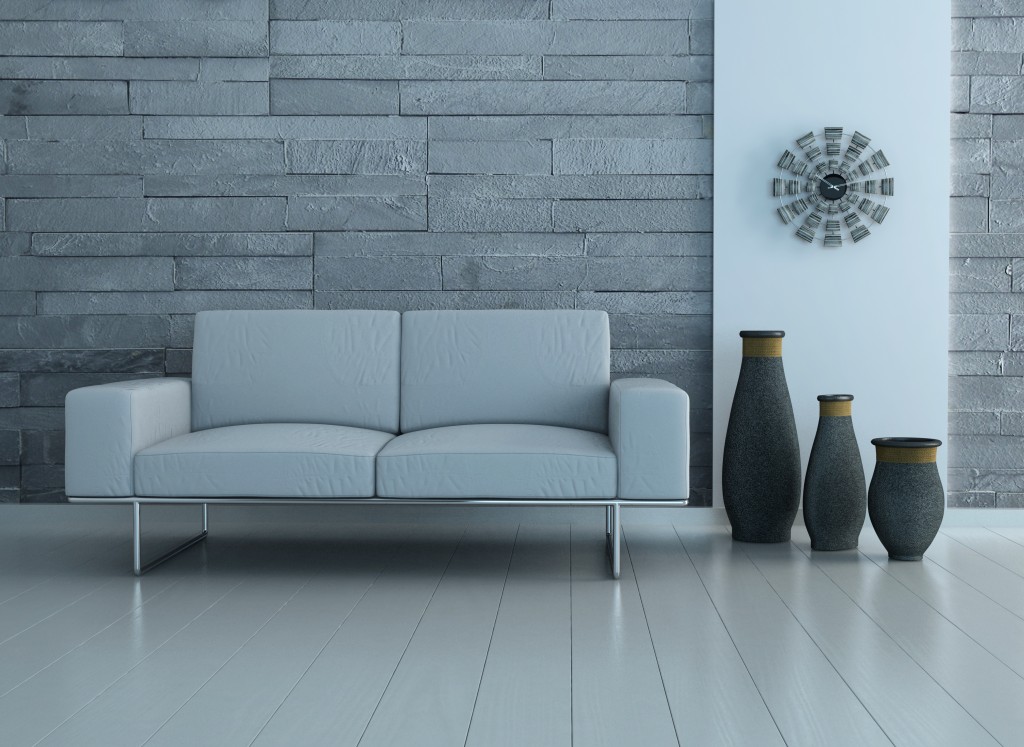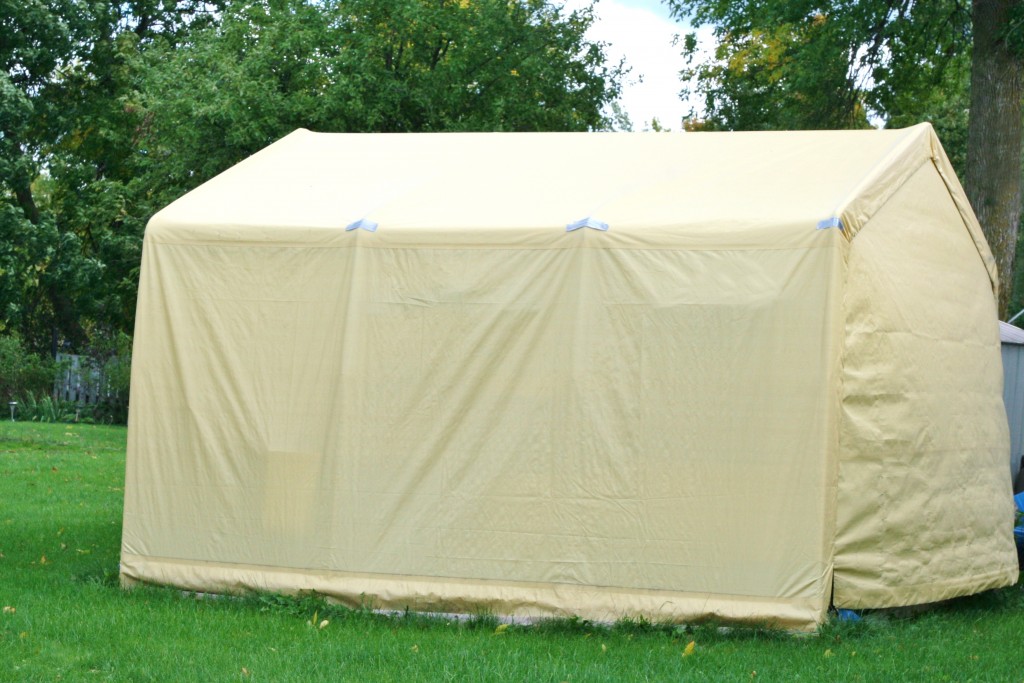If you are an architect, interior designer or a builder working on a commercial space such as an office, factory or an apartment, one of the easiest ways to divide up space efficiently is by using wall panels. Wall panels are light and easy to install in open-plan spaces without the labour and mess of traditional block wall partitions. Wall panels are also used as an addition to existing interior walls.
You can choose from an array of materials that allow the designer to easily adapt to the colours, textures and functions required by the client. Wall panels are versatile and have gained popularity among consumers over recent years. Here are two examples of wall panel types:
Acoustic Panels
Acoustic panels are great for controlling noise levels and blocking noise transfer through walls from machinery and conference rooms, providing general privacy. Other institutions and public spaces such as movie theatres and auditoriums also benefit from acoustic panelling.
Acoustic panelling is fixed to interior walls and usually made from timber or foam that is wrapped with a layer of fabric or vinyl. The panels are commonly used in auditoriums, hotels and schools to absorb sound to prevent echoing and muffle external sound. Adhesive or nails are used when permanently installing acoustic panels. Temporary installations can be made using magnets or clips, which give them the flexibility to be adjusted on an as-needs basis.
Wainscoting Panels
Wainscoting panels are decorative panels fixed to a permanent wall. They can be used for insulation, a wall accent or a cover to protect against scuffs and scrapes. It was popularised in the 1300s where the Dutch used wainscoting to protect the bottom half of walls from hazards such as riding boots’ spurs, scabbards and chair knocks. Up to this day, wainscoting still serves as protection from oil fingerprints in kitchens and scuffs in stairways and hallways.
Wainscoting is typically made of wood that covers three to four feet of the lower area of an interior wall. It comprises of two elements, the panel and frame. The frame has a bottom and top rail and two stiles or side pieces.
Wall paneling may be stand alone or part of an interior wall. With the various functions and the ease of installation, the correct paneling can enhance any space, whether in the office or the home.




